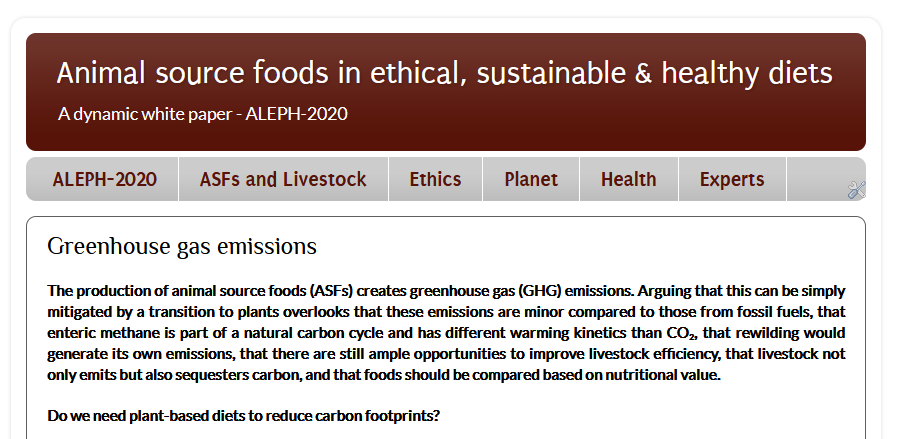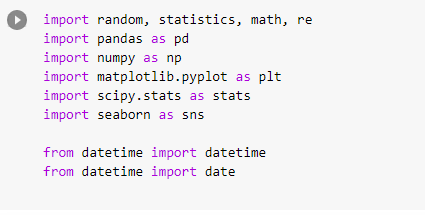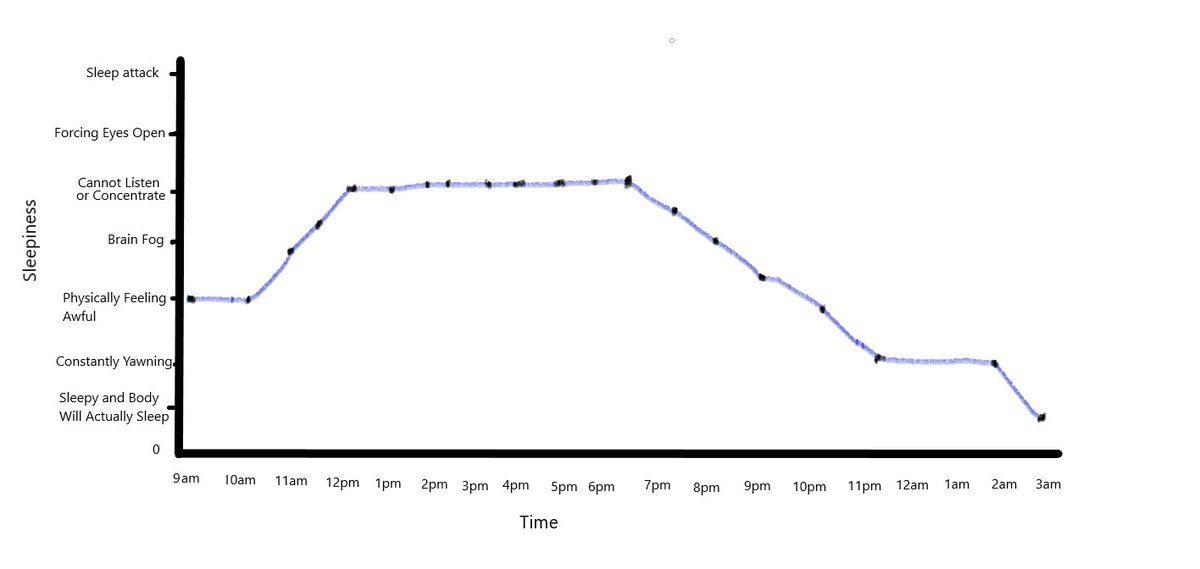Regional differences are important & due to very large variations in feed digestibility, slaughter age & weight, climate conditions, management, sociocultural factors, & nutrient security.
Are #vegan diets really the 'single biggest way' to reduce our carbon footprints & environmental impact on the planet? We argue that this is a highly misleading claim & that the evaluation of dietary change comes with a lot of context & complexity
🧐📑➡️: https://t.co/kYGeTpy8UP

Regional differences are important & due to very large variations in feed digestibility, slaughter age & weight, climate conditions, management, sociocultural factors, & nutrient security.
A lot of margin is left for higher productivity, feed strategies, veterinary care, smart use of manure, & herd management. A reduction of waste, the re-use of meat-processing by-products, & the valorization of biogas also hold potential.
For Westerners, the effect isn't only small on a yearly basis (1-6%) but especially so on a lifetime of emissions. Some vegetarians may even have higher impacts than some omnivores. Mock products do not solve the issue.
Taking a flight, for instance, easily offsets one or more years of veganism. Yet, cars, tourism, pets, & smart phones receive little attention in comparison to the dietary quick-fix claims.
The higher carbon footprint of nutrient-dense foods can (partially) be offset by a higher nutritional value. Policies that would reduce GHG emissions but are nutritionally harmful or incomplete should be dismissed.
Given that proper grassland management improves soil carbon stocks, offsetting of emissions can be substantial (& sometimes complete). This is commonly overlooked in conventional assessments & GHG inventory reports.
Both are good, but potential is limited. Rewilding would replace livestock with other methanogenic animals. Massive afforestation overlooks practical constraints & is not necessarily more effective than grasslands.
Beef is excessively blamed. Yet, methane from ruminants is part of a biological cycle which doesn't bring in new carbon or add to warming, provided there is no increase in emissions/herd size. It should be considered as such.
LCAs usually do not factor in non-edible products & services associated with livestock production (eg hides, wool, fats, organs, milk, bone, serum, manure, draught power, etc), which would further lower the carbon footprint of animal foods.
More background, details & examples for each of the above-listed 8 points can be found on this website (backed up with links to scientific studies): https://t.co/kYGeTpy8UP
More from Health
You May Also Like
Nano Course On Python For Trading
==========================
Module 1
Python makes it very easy to analyze and visualize time series data when you’re a beginner. It's easier when you don't have to install python on your PC (that's why it's a nano course, you'll learn python...
... on the go). You will not be required to install python in your PC but you will be using an amazing python editor, Google Colab Visit https://t.co/EZt0agsdlV
This course is for anyone out there who is confused, frustrated, and just wants this python/finance thing to work!
In Module 1 of this Nano course, we will learn about :
# Using Google Colab
# Importing libraries
# Making a Random Time Series of Black Field Research Stock (fictional)
# Using Google Colab
Intro link is here on YT: https://t.co/MqMSDBaQri
Create a new Notebook at https://t.co/EZt0agsdlV and name it AnythingOfYourChoice.ipynb
You got your notebook ready and now the game is on!
You can add code in these cells and add as many cells as you want
# Importing Libraries
Imports are pretty standard, with a few exceptions.
For the most part, you can import your libraries by running the import.
Type this in the first cell you see. You need not worry about what each of these does, we will understand it later.

==========================
Module 1
Python makes it very easy to analyze and visualize time series data when you’re a beginner. It's easier when you don't have to install python on your PC (that's why it's a nano course, you'll learn python...
... on the go). You will not be required to install python in your PC but you will be using an amazing python editor, Google Colab Visit https://t.co/EZt0agsdlV
This course is for anyone out there who is confused, frustrated, and just wants this python/finance thing to work!
In Module 1 of this Nano course, we will learn about :
# Using Google Colab
# Importing libraries
# Making a Random Time Series of Black Field Research Stock (fictional)
# Using Google Colab
Intro link is here on YT: https://t.co/MqMSDBaQri
Create a new Notebook at https://t.co/EZt0agsdlV and name it AnythingOfYourChoice.ipynb
You got your notebook ready and now the game is on!
You can add code in these cells and add as many cells as you want
# Importing Libraries
Imports are pretty standard, with a few exceptions.
For the most part, you can import your libraries by running the import.
Type this in the first cell you see. You need not worry about what each of these does, we will understand it later.



























